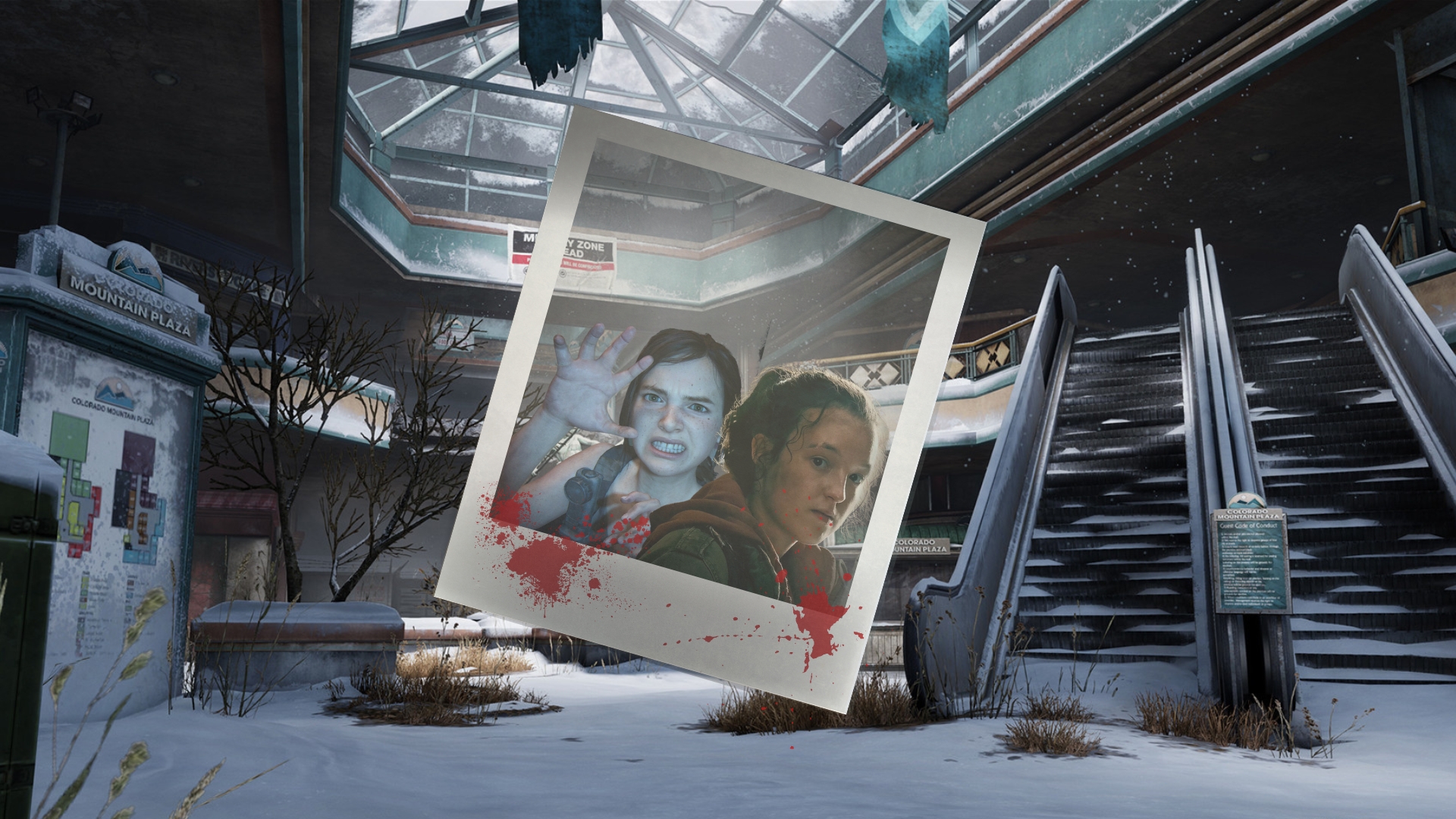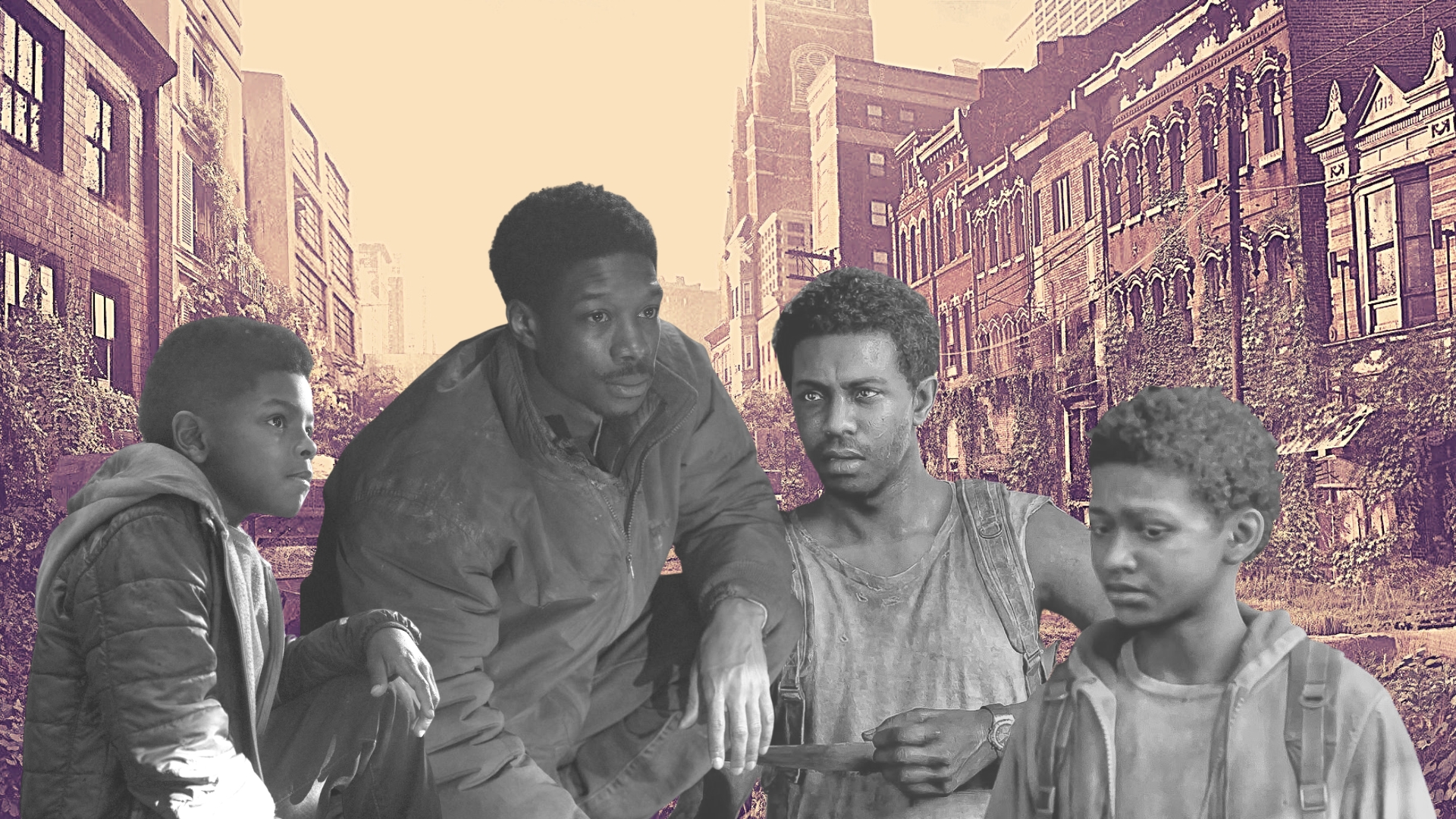The Last of Us critics have a zombie problem – and they’re missing the point
Where in the world are the walking dead?

If HBO’s adaptation of 2013’s hit PlayStation game The Last of Us has seen mostly widespread acclaim thus far, one ‘criticism’ that continues to follow it comes in the form of complaints that it doesn’t feature enough zombies.
But there are more than a few issues with this criticism.
For starters, The Last of Us is not a zombie story.
Infected… with facts!
It might seem like splitting hairs, but it’s worth pointing out that the infected of The Last of Us have never actually been zombies at all.
The game’s creator and show co-runner Neil Druckmann has himself said as much.
I mean... they're not zombies, but this is still pretty damn cool. 😘 https://t.co/qFutfyXrIlApril 16, 2020
As you might have noticed, The Last of Us never refers to the monsters of its world as being zombies, and for good reason. Strictly speaking, ‘zombie’ is a designation given to a reanimated corpse, as the once dead become the undead instead. Creature feature classics such as Night of the Living Dead and Return of the Living Dead have made this clear in the past, not to mention the famous example of Michael Jackson’s Thriller showing zombies literally rising out of the grave.
The infected of The Last of Us, meanwhile, are just that – infected. The world-ending pandemic of the series finds the cordyceps fungus infecting the brains of those exposed to it, subsequently corrupting the minds of its hosts.
Get daily insight, inspiration and deals in your inbox
Sign up for breaking news, reviews, opinion, top tech deals, and more.
The various forms of the infected in The Last of Us also support a distinction from zombies. Clickers, for example, are explained as appearing and behaving differently to other infected due to a longer period of exposure to the cordyceps infection, demonstrating progression characteristics typical of an infection.
Meanwhile, what is a zombie going to do, become more dead? Or more undead? How much more undead could you get until you’re just… alive?
A whole lotta love
Still, it’s true that HBO’s The Last of Us has been noticeably light on infected over the course of its first six episodes.
This does differ from the original game, which offers players plenty of chances to sink their shivs into some infected throughout their playthrough. But it still makes sense given that an adaptation for a different medium will demand certain changes and, in some cases, sacrifices.
I have stated before that one of the key strengths of the series adaptation has been its willingness to ‘color outside the lines’ while staying spiritually faithful to its source material. The limited appearances of infected in HBO’s The Last of Us is a prime example of how the series achieves this balance.
Because it is consistent with the fact that The Last of Us was never a story about the infected, and is instead a story using its infected as a tool to tell a different story entirely.
Because at its heart, The Last of Us is actually a love story.
This is visible in the father/daughter-like bond that forms between dual leads Ellie (Bella Ramsey) and Joel (Pedro Pascal), in the sibling relationships such as that of episode five's Henry (Lamar Johnson) and Sam (Keivonn Woodard), in the deeper connections like the one we see between Joel and Tess (Anna Torv) – and even in complex and often fraught reflections on a love of life itself.

This is something the game held close to its heart from the beginning, endeavoring to showcase a story about the power of love, warts and all, more than anything else.
And, for the game’s transition to TV, this love gets an even greater opportunity to shine. It’s on display in episode three with the story of Bill (Nick Offerman) and Frank (Murray Bartlett), where loner survivalist Bill discovers a renewed life’s purpose in the love that forms between the two.
And we saw it from two different angles in the fourth and fifth episodes, with the stories of siblings Henry and Sam, as well as that of series original character Kathleen (Melanie Lynskey). For Henry and Sam, we see the power of love and the lengths we will go to for that love, while Kathleen’s story shows us the darker side of how the loss of such love can corrupt us.

Speaking to Gamespot earlier this month, Druckmann hinted as much about the key role of love to The Last of Us story when discussing the series’ third episode: “Episode 3 is a detour that Craig [Mazin] pitched me on and I think that story in particular is so beautiful and moving and speaks to the themes that are explored in the game and the show about like, again, the beauty and the horror and sadness that can come from love.”
And where are the infected?
They’re there, somewhere, but taking a backseat to the real star of the show – entirely as intended.

James is a senior journalist with the TechRadar Australia team, covering news, analysis and reviews in the worlds of tech and the web with a particular focus on smartphones, TVs and home entertainment, AR/VR, gaming and digital behaviour trends. He has worked for over six years in broadcast, digital and print journalism in Australia and also spent time as a nationally recognised academic specialising in social and digital behaviour trends. In his spare time, he can typically be found bouncing between one of a number of gaming platforms or watching anything horror.